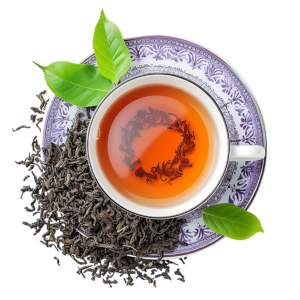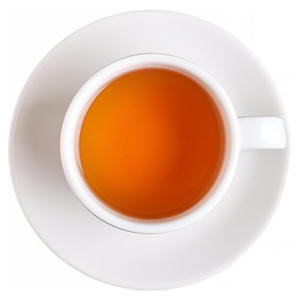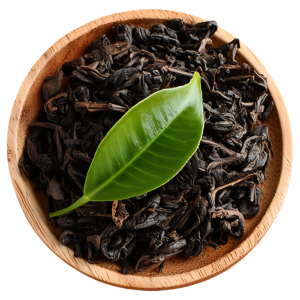HISTORY OF CEYLON TEA
In 1852, a Scotsman by the name of James Taylor arrived in Ceylon and resided in Loolecondera Estate, Galaha. In 1867 he began a 19 acre tea plantation laying the foundation for Sri Lanka’s (then known as Ceylon) largest export industry for over a century. Thus, the story of Ceylon Tea began over two hundred years ago. In 1872, James Taylor was instrumental in setting up a fully equipped tea factory on his estate. A year later, Ceylon Tea made its international debut when a shipment of twenty-three pounds of Tea reached London, UK.
Tea production in Sri Lanka exceeded 100,000 metric tons by 1927 and was mostly produced for export. Cultivation of Tea had expanded to lowlands as well by then so as to meet the growing foreign demand. The cool temperatures, humidity and rainfall in the Central Hills of the country, favored the production of high-quality Tea. The Tea produced in the low country is exceptionally strong and slightly malty where the liquors are deep red
On 30th July 1883, under the auspices of the Ceylon Chamber of Commerce, the first public Colombo Auction was held at the premises of Somerville & Co. In 1894, the Colombo Tea Traders Association was founded, followed by the formation of the Colombo Tea Brokers’ Association in 1896.
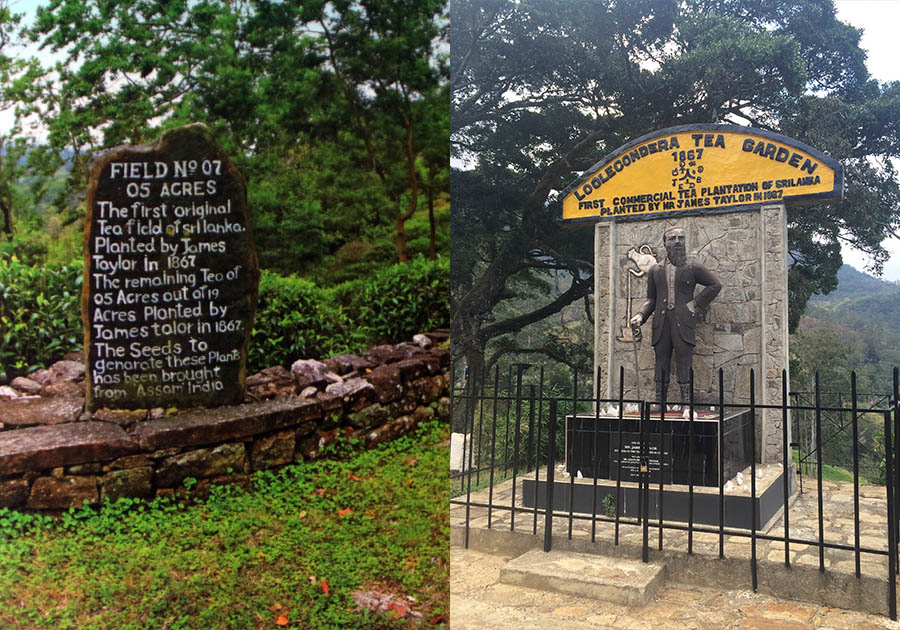
The success of the Tea industry from the early 1900s is attributed to a collective contribution from various professional spheres and multiple fields such as roads, railways, bridges, irrigation, engineers and surveyors. In modern times, many plantations have adopted eco-friendly practices such as reducing water usage and using renewable energy sources. This initiative by Sri Lanka’s Tea industry has presently made significant strides in sustainability.
Ceylon Tea is famous for its distinct fragrance, robust flavor and golden orange hue and is cultivated in seven regions of the country that are categorized by their altitude. Playing second fiddle only to water, Tea is the second most consumed beverage in the world and Sri Lanka is the fourth largest Tea producer in the world. Being ranked for the first time in 1965 as the world’s largest Tea exporter the success of the export market increased over the years since. Once again in year 2013 Sri Lanka was ranked as the world’s largest Tea exporter.
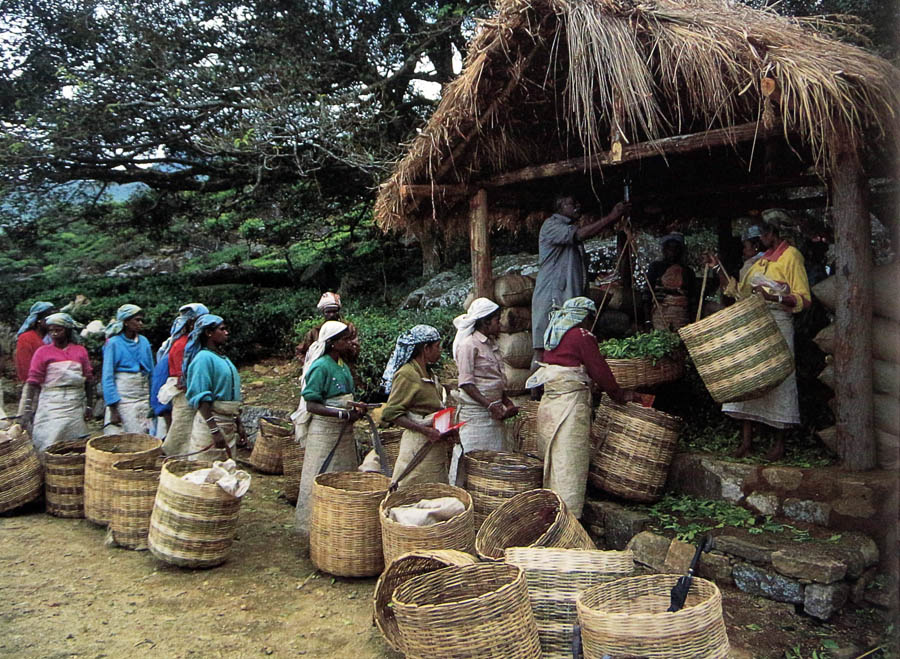
James Taylor
Widely referred to as the ‘Father’ of Ceylon Tea, James Taylor (29th March 1835 – 2nd May 1892) was a Scottish tea planter who introduced tea to British Ceylon. He settled down on an estate known as Loolecondera estate in Delthota in the year 1852. Ceylon was known as the world’s largest coffee producer in 1860 and this estate was a coffee estate at that time. On the initiation of the owners of that estate, in 1866, Taylor experimented with planting tea as the coffee rust disease was destroying the crops on the estate. Within twelve months, the first tea estate was born marking the birth of the tea industry in Ceylon. James Taylor’s first tea factory was on a verandah of his bungalow. Leaves were rolled by hand on a table and oxidized and dried on a charcoal stove. He developed a rolling machine in 1872, the year he began a fully-fledged tea factory on the Loolecondera Estate where he expanded the extent of the plantation to 19 acres. His success with growing tea on this estate encouraged the establishment of the Colombo Tea Auction in 1883 and the foundation of the Ceylon Tea Traders’ Association in 1894.
In later years, James Taylor worked with Scottish merchant Thomas Lipton who was already a successful businessman by then, to develop the tea industry in British Ceylon. Taylor also developed the Pedro Tea Estate in Nuwara Eliya whose products have been rated of the highest quality even in recent years. The English style plantation and the distribution of the produce through the English style auction system in the Ceylon Tea industry is attributed to the influence of James Taylor. He played a pivotal role in the Ceylon Tea industry in his life span of 57 years until he passed away of a sudden illness in 1892.
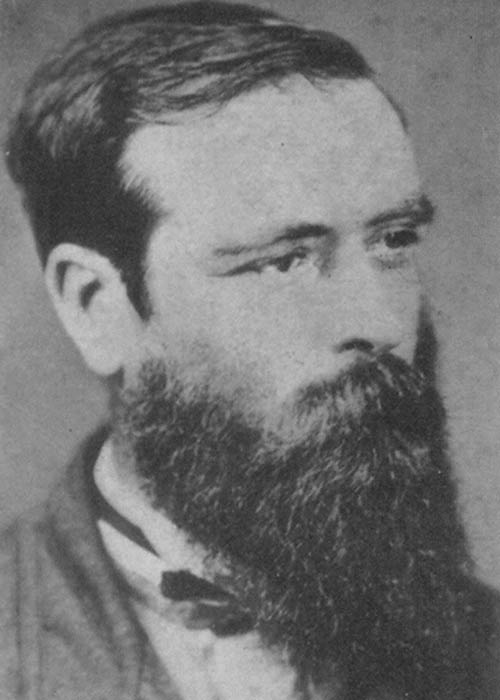
Tea Brokers
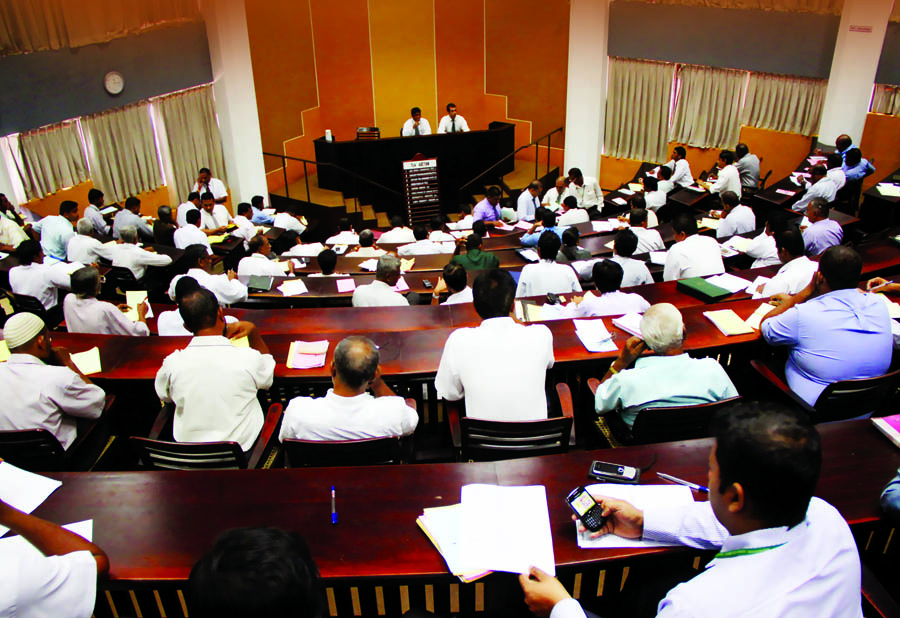
There are eight registered Tea Brokers in Sri Lanka

John Keells PLC(1870)

Forbes & WalkerTea Brokers (Pvt)(1881)

Bartleet ProduceMarketing (Pvt) Ltd(1904)

Ceylon Tea Brokers PLC(1963)
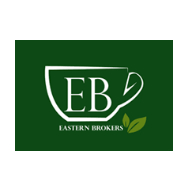
Eastern Brokers Ltd(1979)

Mercantile ProduceBrokers (Pvt) Ltd(1984)
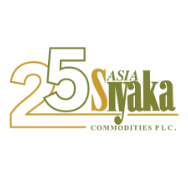
Asia SiyakaCommodities (Pvt) Ltd(1998)
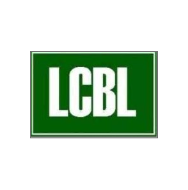
Lanka CommodityBrokers Ltd(2003)
Though discussions on an online auction had been ongoing for years, the pandemic accelerated the shift. After several training sessions and mock runs, the first e-auction took place from 4-8 April 2020. This rapid adaptation showcased the resilience of Sri Lanka’s tea industry, ensuring its continued success despite global disruptions.
The auction takes place on Tuesdays and Wednesdays. On other days the buyers engage in tasting and grading to evaluate to 12,000 lots of Tea so as to prepare themselves to bid at the next week’s auction.
Tea Auctions
With modest beginnings, Colombo Tea Auction (CTA) grew to be the largest tea auction in the world in terms of the number of lots sold. Mombasa in Kenya has for several years been the largest tea auction in terms of the volume of tea traded.
The Colombo Tea Auction, the world’s largest single-origin auction center, has seen increasing strain due to the growing number of lots as tea factories expanded grades to meet buyer demand. This intense process requires buyers to evaluate up to 12,000 lots over the course of a week.
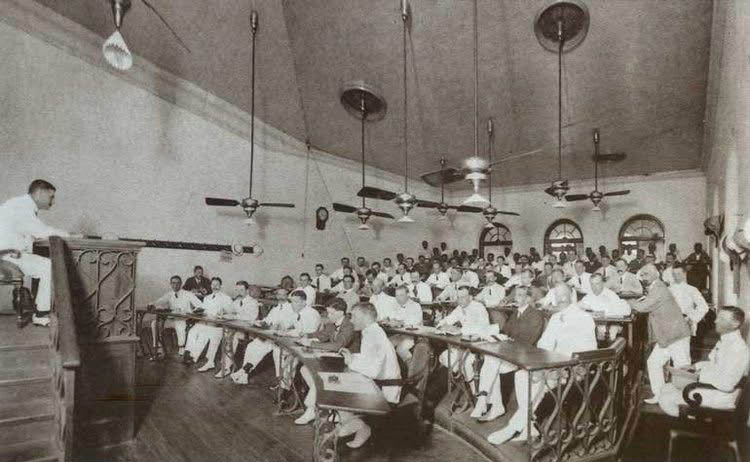
Loose Tea
Loose Tea refers to the whole, untainted Tea leaf which is sold in bulk at the tea auctions. The distinguishing factor of the Tea variety depends mainly on the origin, processing and type of Tea. The Tea lover enjoys a cup of Tea made with loose Tea as it has the lowest carbon footprint and the leaf can be seen permitting the quantity used to be the choice of the person brewing the tea.
The auction takes place on Tuesdays and Wednesdays. On other days the buyers engage in tasting and grading to evaluate to 12,000 lots of Tea so as to prepare themselves to bid at the next week’s auction.
Tea Taster
The territory —soil, climate, and cultivation practices—plays a vital role in developing unique profiles for each type of tea. This is the reason that tea tasters require a deep understanding of their product’s origins and the factors that influence flavor. This knowledge allows them to appreciate subtle differences and make informed recommendations. It’s truly a craft that requires dedication, sensitivity, and an extensive palate.
